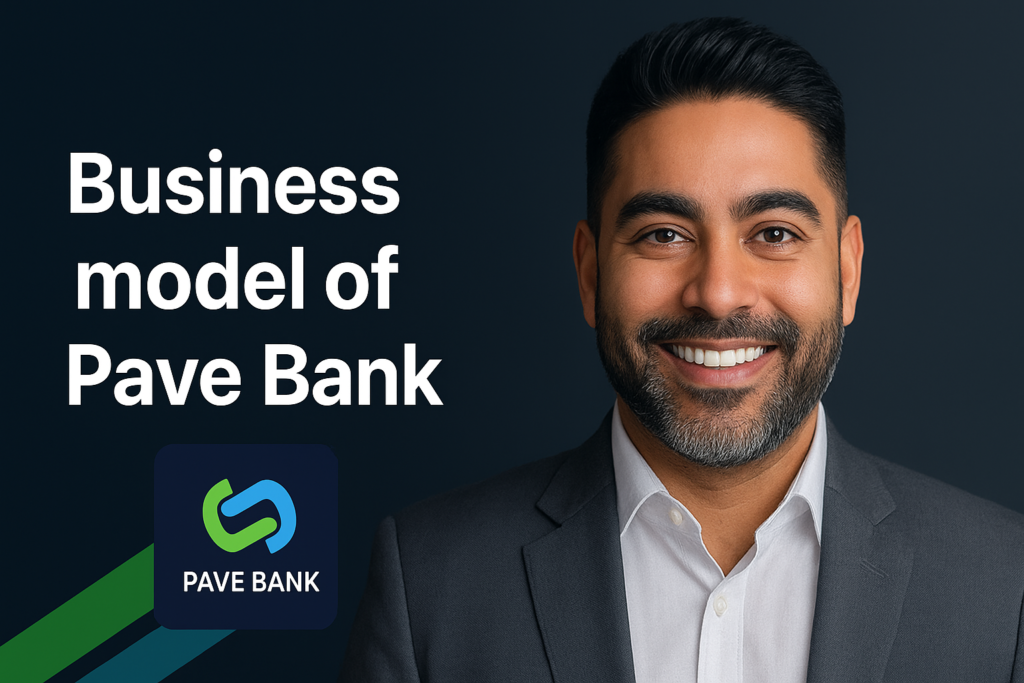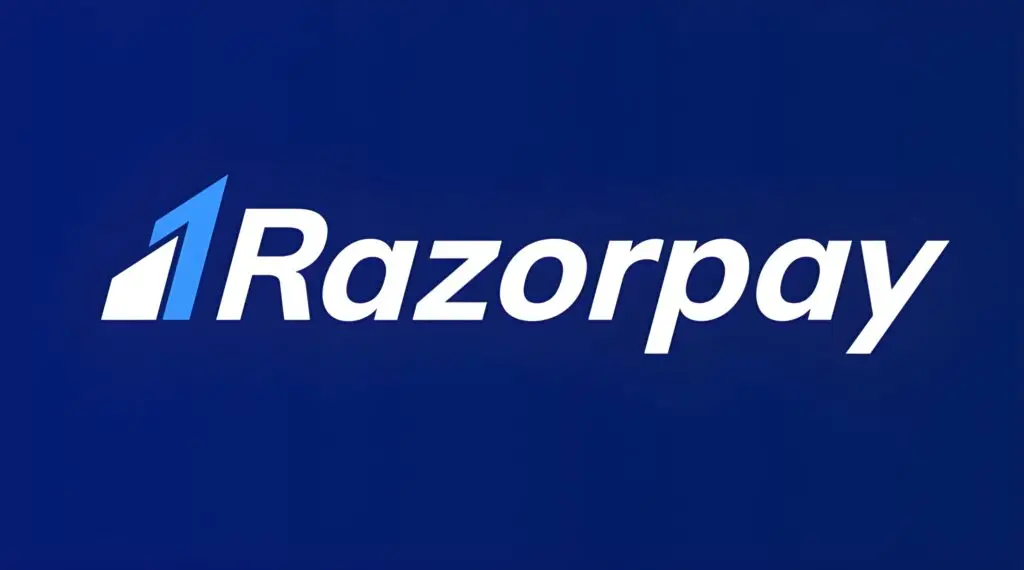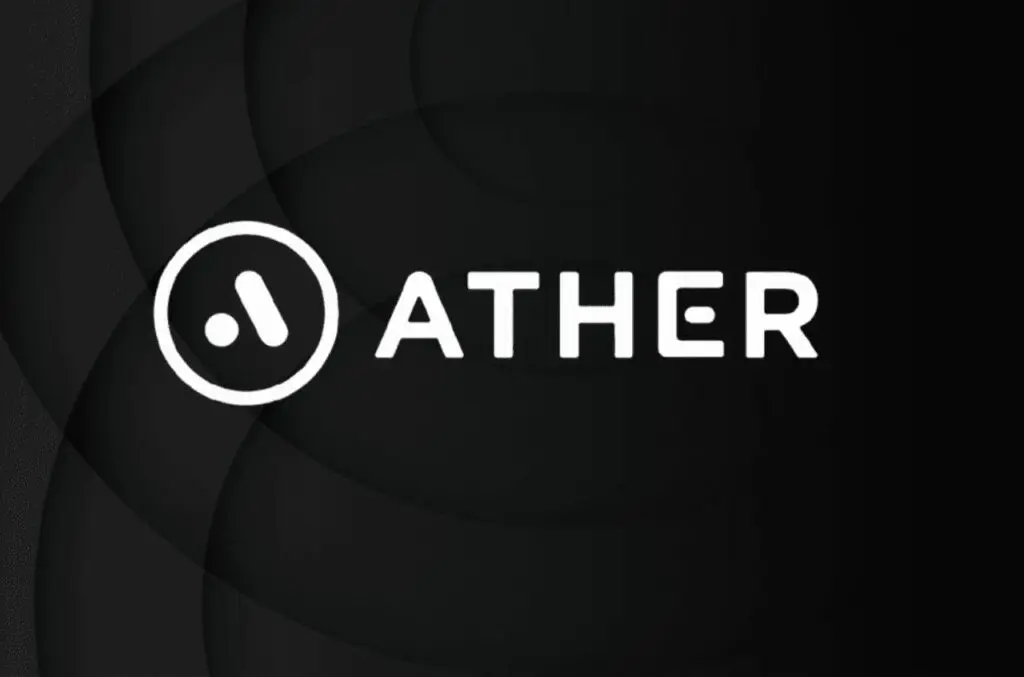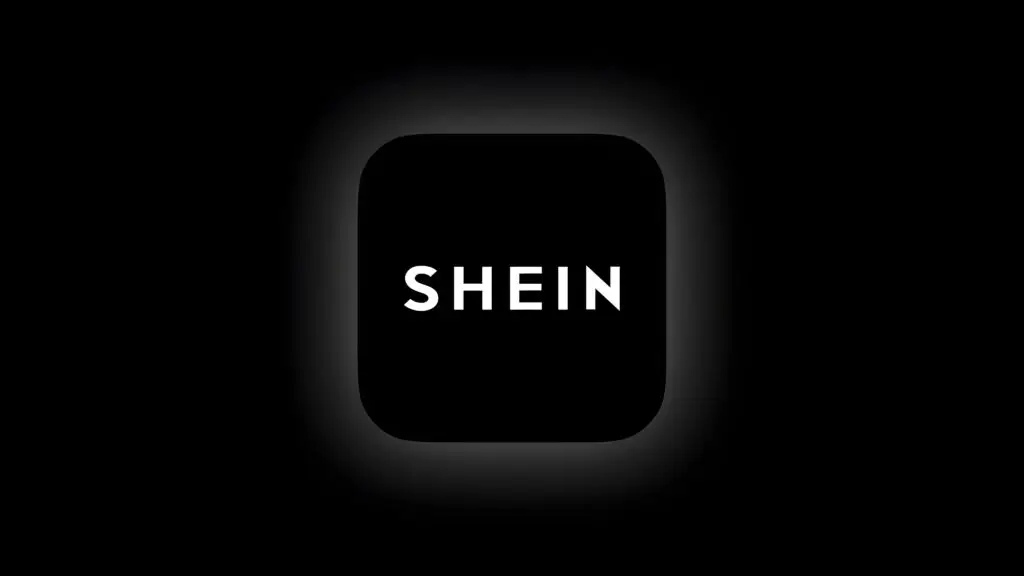| Category | Details |
|---|---|
| How Pave Bank Started | Founded in December 2023 by former executives from BigPay, Monzo, and VP Bank (CEO Salim Dhanani, CTO Simon Vans-Colina, COO Dmitry Bocharov). Raised $5.2M seed funding led by 468 Capital. Launched with a commercial banking license from National Bank of Georgia. |
| Present Condition | Secured $39M Series A (October 2025) led by Accel, bringing total funding to $44M+. Achieved profitability in 7 of first 9 months with 50+ employees. Serves large corporations and institutions globally. Headquarters in Singapore with banking license in Georgia. |
| Future of Pave Bank & Industry | Expanding regulatory coverage to UAE, US, Hong Kong, and EEA. Deepening programmable treasury products and integrating with major financial ecosystems. Industry moving toward regulated on-chain finance with unified fiat-digital asset management becoming standard. |
| Opportunities for Young Entrepreneurs | Emerging demand for hybrid finance solutions bridging traditional banking and digital assets. Growing need for compliance-focused fintech, AI-driven automation in finance, stablecoin integration services, and regulatory technology. Programmable banking opens new B2B fintech opportunities. |
| Market Share of Pave Bank | Early-stage player in emerging programmable banking sector. Competes with Airwallex, WeLab Holdings, and traditional crypto-banking services. No significant market share data available due to nascent industry segment and private company status. |
| MOAT (Competitive Advantage) | 1) Full banking license with digital asset capabilities under one regulatory framework. 2) Full-reserve model ensuring complete deposit backing. 3) Proprietary PaveNet instant settlement network. 4) Early profitability through AI/automation. 5) Unified platform eliminating need for multiple providers. |
| How Pave Bank Makes Money | Revenue streams: Multi-currency deposit accounts with interest margins, payment processing fees (SWIFT, ACH), FX conversion fees, digital asset trading desk commissions, card issuance fees, corporate treasury management fees, and API access for institutional clients. Full-reserve model with matched reserves. |

My Name is Adarsh and I am Empowering startups with high-quality content at Startups Union and bridging the gap between brand stories.




